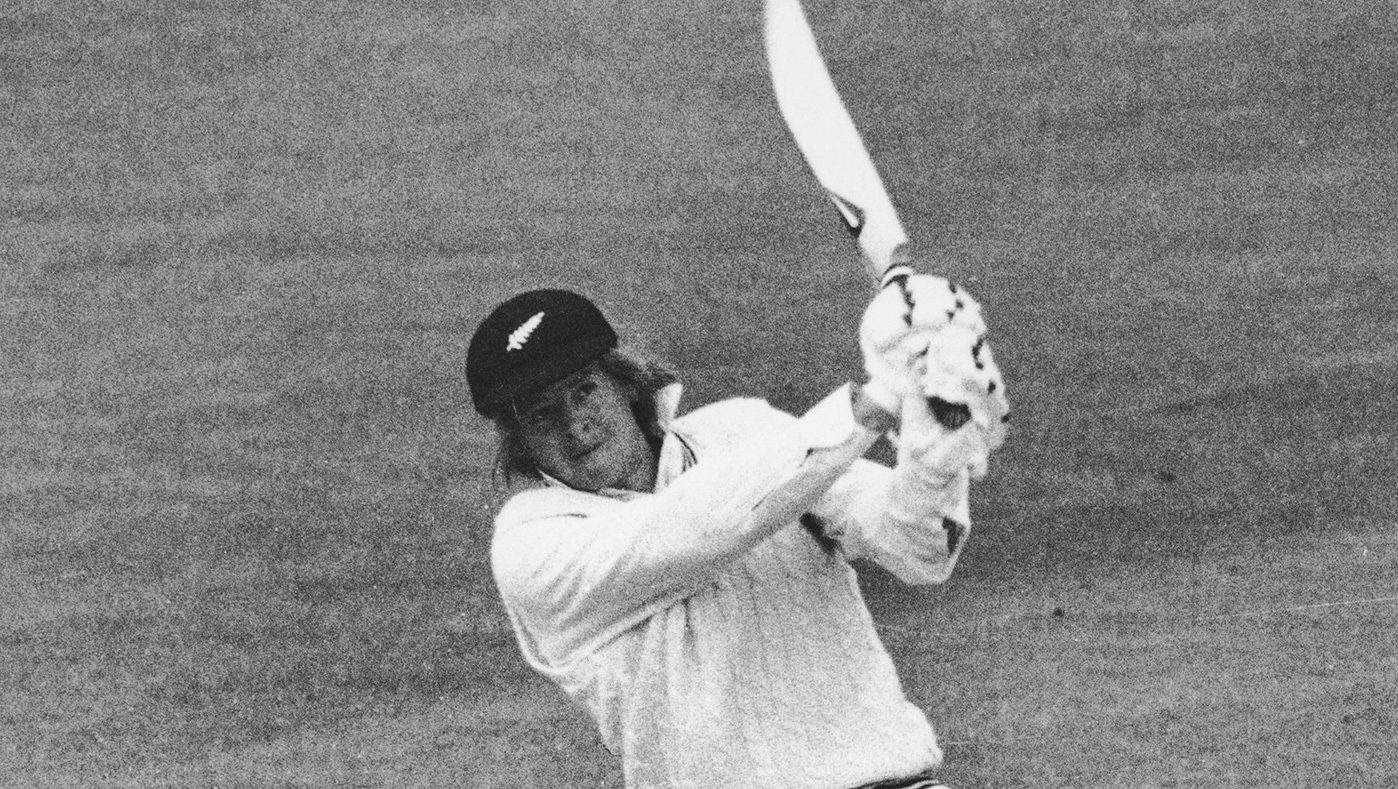Slow and steady: Slowest double-centuries in Test cricket

Sydney Barnes had a rare achievement to his name in 1946 as he smashed a double century at the Sydney Cricket ground, a venue named after him. Opening the batting for Australia in the Ashes Test, Barnes smashed 234 from 667 deliveries during his innings which was spread across nearly 11 hours. He put on a 405-run stand for the 5th wicket with skipper Sir Donald Bradman (234) who also struck a double ton. Their record partnership helped the Aussies to seal an innings victory over the visitors.
Sydney Barnes completed his double ton in 608 balls making it the slowest in Test history. South Africa’s Dudley Nourse came close to the record five years later when he made 208 spending nearly nine hours at Nottingham’s Trent Bridge. Nourse needed 597 balls for his double ton against the English team and fell ten balls short of breaking the record set by Barnes. The Australian’s record for slowest Test double century was eventually broken by another Aussie also during an Ashes Test in 1964.

Bob Simpson, the Aussie skipper of that time, played a marathon innings scoring 311 off 743 deliveries. Simpson’s innings was spread across 762 minutes i.e. nearly 13 hours during the match hosted by Old Trafford. Simpson needed 609 deliveries to reach the 200-run mark, one ball more than what Barnes required two decades before. However, Simpson’s record did not stay for long as the Blackcaps opener Glenn Turner rewrote the record books in 1972 by batting across three days.
Playing against West Indies at the Bourda in Georgetown, Turner scored 259 runs from 759 deliveries during his 704-minute knock. He put on a 387-run opening stand with Terrence Jarvis (182 off 555) which lasted more than 1000 balls. Turner needed 611 balls for reaching his double ton which could have been improved by his partner Jarvis had he stayed longer and completed his milestone. Brendon Kuruppu of Sri Lanka took 548 balls for his double ton on debut in 1987 which is the 5th slowest Test double.
(Stats as on September 29, 2020)
